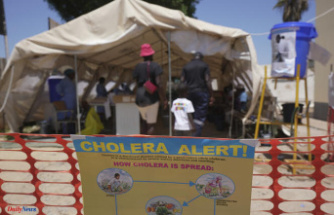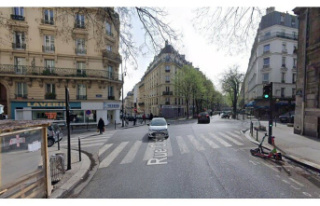The federal government has relief packages ready to counter high inflation. The Hans Böckler Foundation took a closer look at what they really bring to households. Conclusion of the study: The measures are socially balanced to a large extent, but can be improved.
Even if there are currently more frightening things than having to pay significantly more money for electricity, heat, fuel and groceries, the high cost of living is still a concern. And can be quite threatening for low-income households.
The federal government is aware of the needs of its citizens and the resulting threat to the economy and has therefore presented two relief packages with a total volume of around 30 billion euros. These include, among other things, a higher tax allowance, a flat-rate energy price for employees of EUR 300, an increase in the flat-rate for income-related expenses by EUR 200, a family allowance in the form of a one-time bonus of EUR 100 per child, and the elimination of the EEG surcharge in the second half of the year and the reduction in the energy tax on fuel for three months. And if you like, you can leave your car behind and buy a 9-euro ticket.
The Institute for Macroeconomics and Business Cycle Research of the Hans Böckler Foundation (IMK) took a closer look at whether the measures actually relieve citizens financially.
Result: The two relief packages announced by the federal government compensate for the additional expenditure due to higher energy costs in typical working households to a considerable extent. Nevertheless, a noticeable gap remains in a number of households. However, the relief is socially balanced insofar as households with low and middle incomes in particular and families in particular are compensated for a particularly high proportion of the additional expenditure on energy.
According to the IMK calculations, the largest part of the relief results from changes in income tax law as well as from energy price flat rates and family allowances. "Households with low incomes benefit above all from the lump sum payments from the second package, households with high incomes primarily from the increases in allowances and lump sums in tax law," explains Prof. Dr. Sebastian Dullien, Scientific Director of the IMK.
Or more precisely: For a family with two working adults, two children and a below-average monthly net income of 2000 to 2600 euros, the relief adds up to around 90 percent of the additional burdens. In a comparable family with an average net income of 3,600 to 5,000 euros, the figure is 77 percent. The relief is noticeably lower for families in which only one parent is employed: it is 59 percent for a family of four with a net income of 2,600 to 3,600 euros. For single parents with two children and an average income for this type of household of 2,000 to 2,600 euros, the figure is 70 percent.
For employed persons living alone with a low net income of up to 900 euros, around 76 percent of the additional burdens due to more expensive energy are offset, for those with high incomes of more than 5,000 euros it is 44 percent.
There is a gap among pensioners, for whom only a small part (9 percent) of the additional energy price-related expenditure is now compensated by the state. In its latest forecast for 2022, the IMK expects an annual average inflation rate of 6.2 percent.












